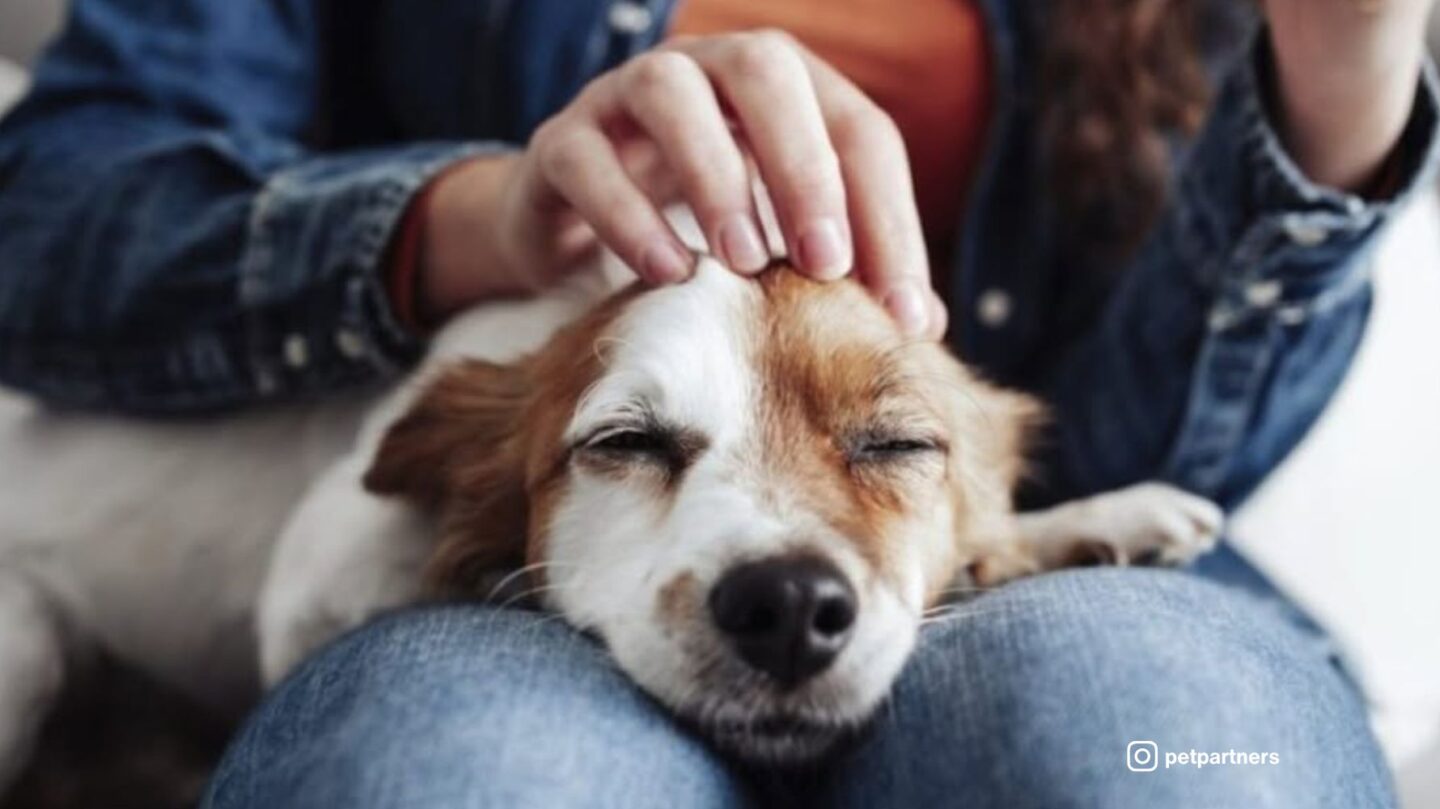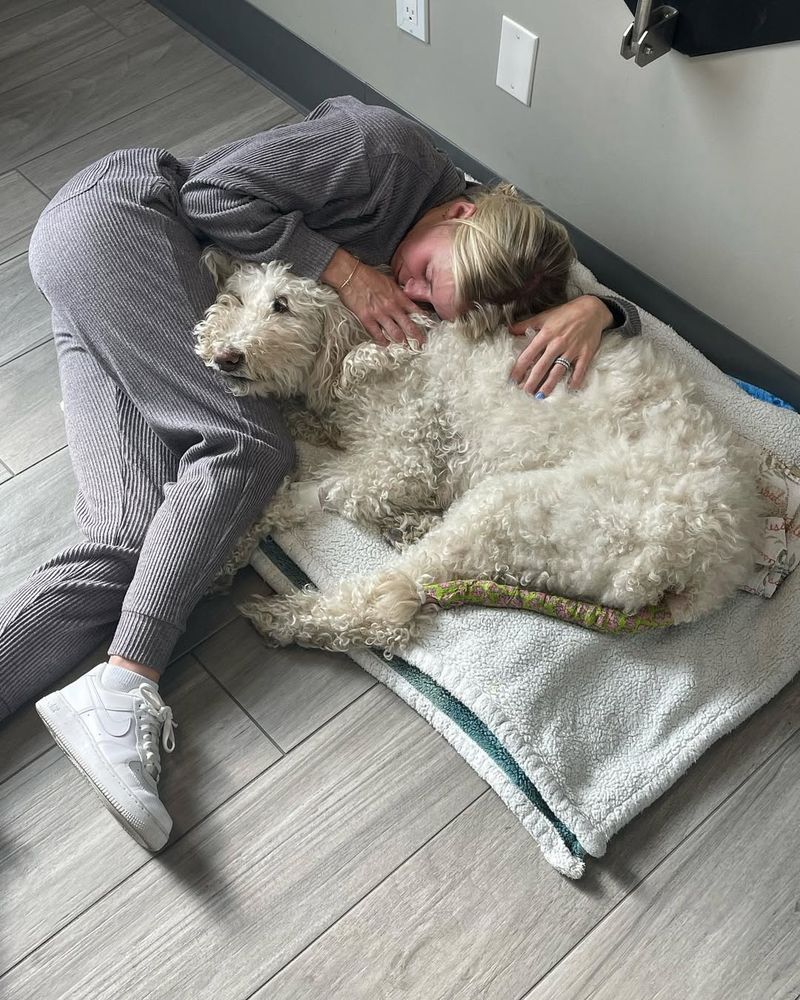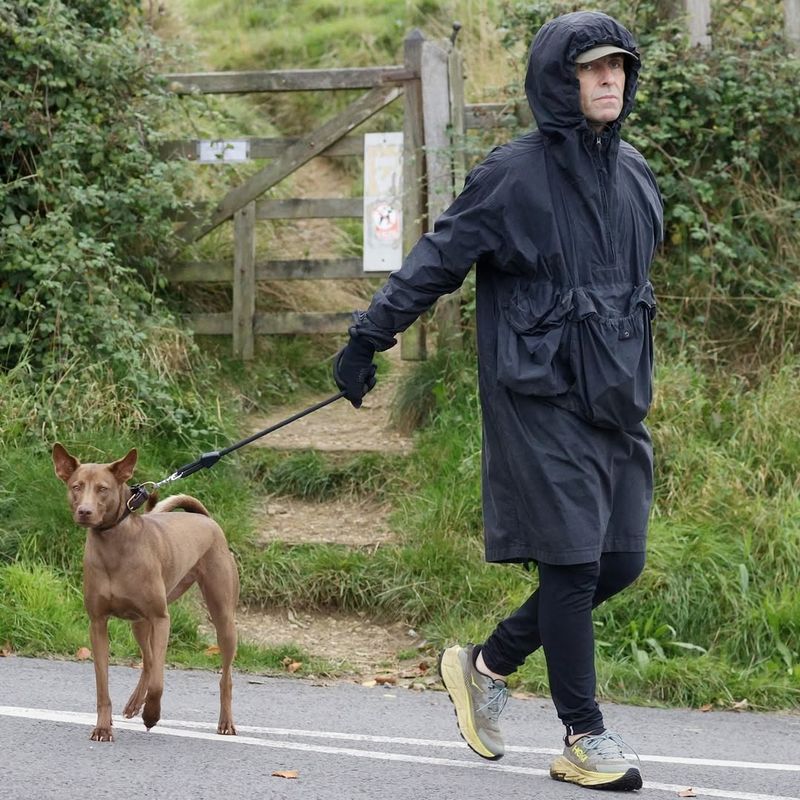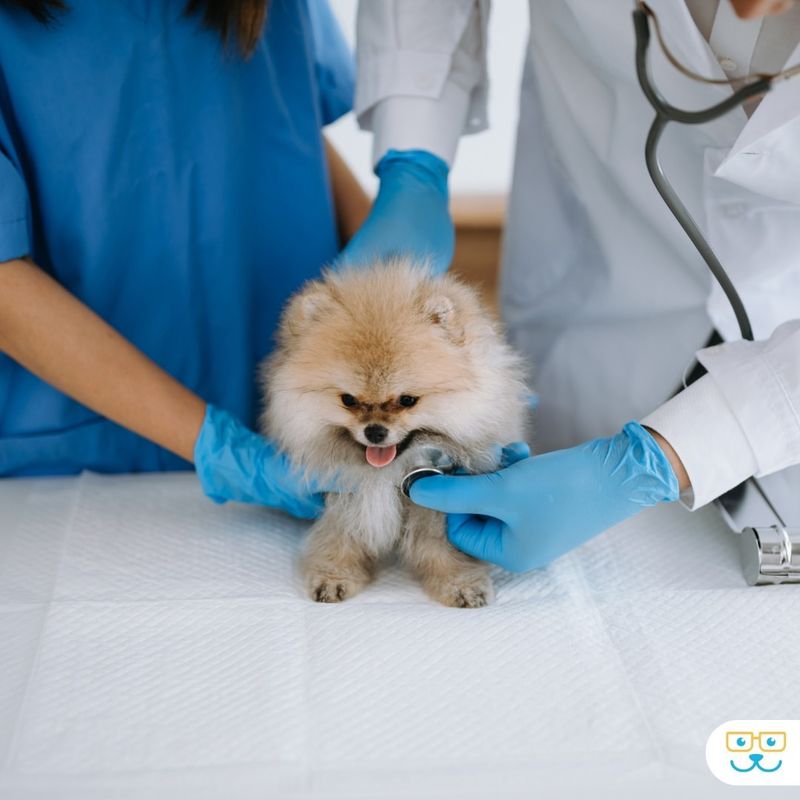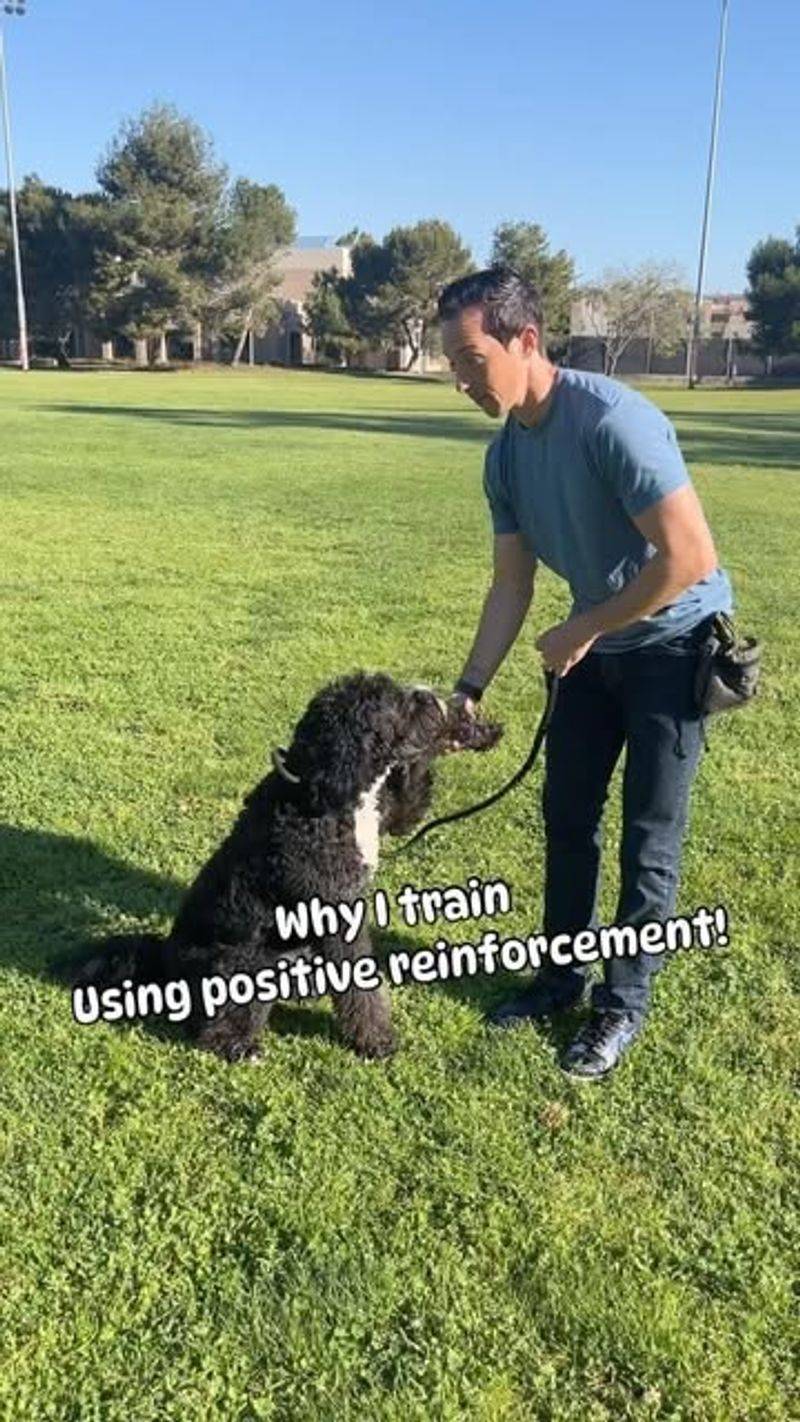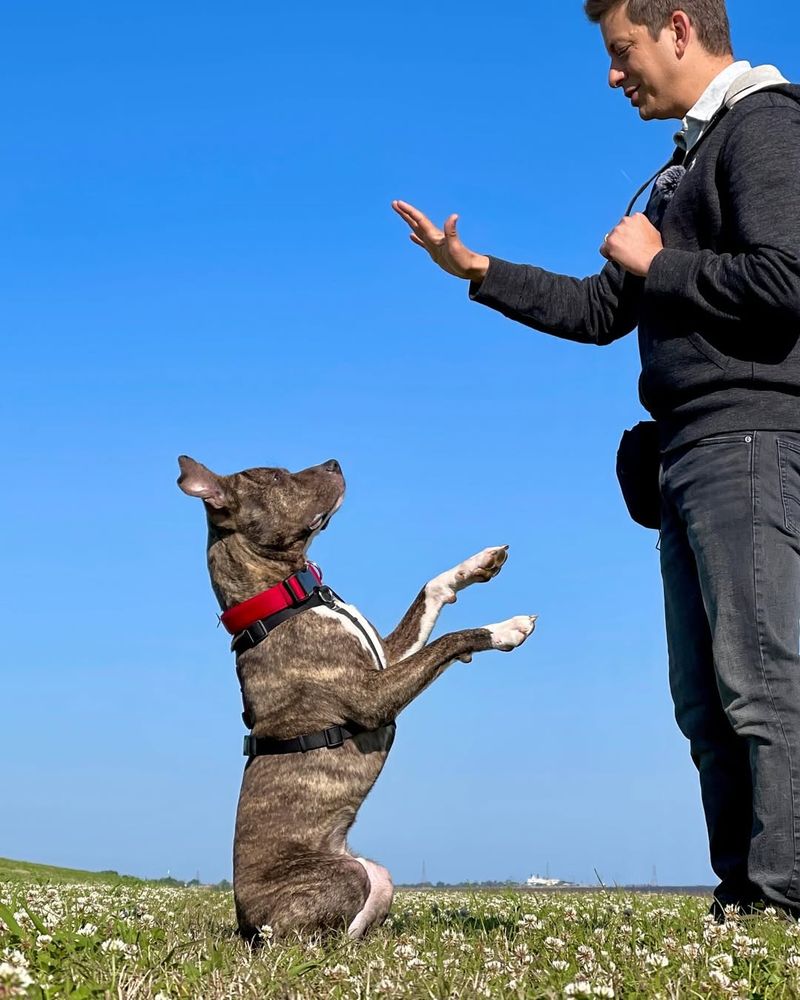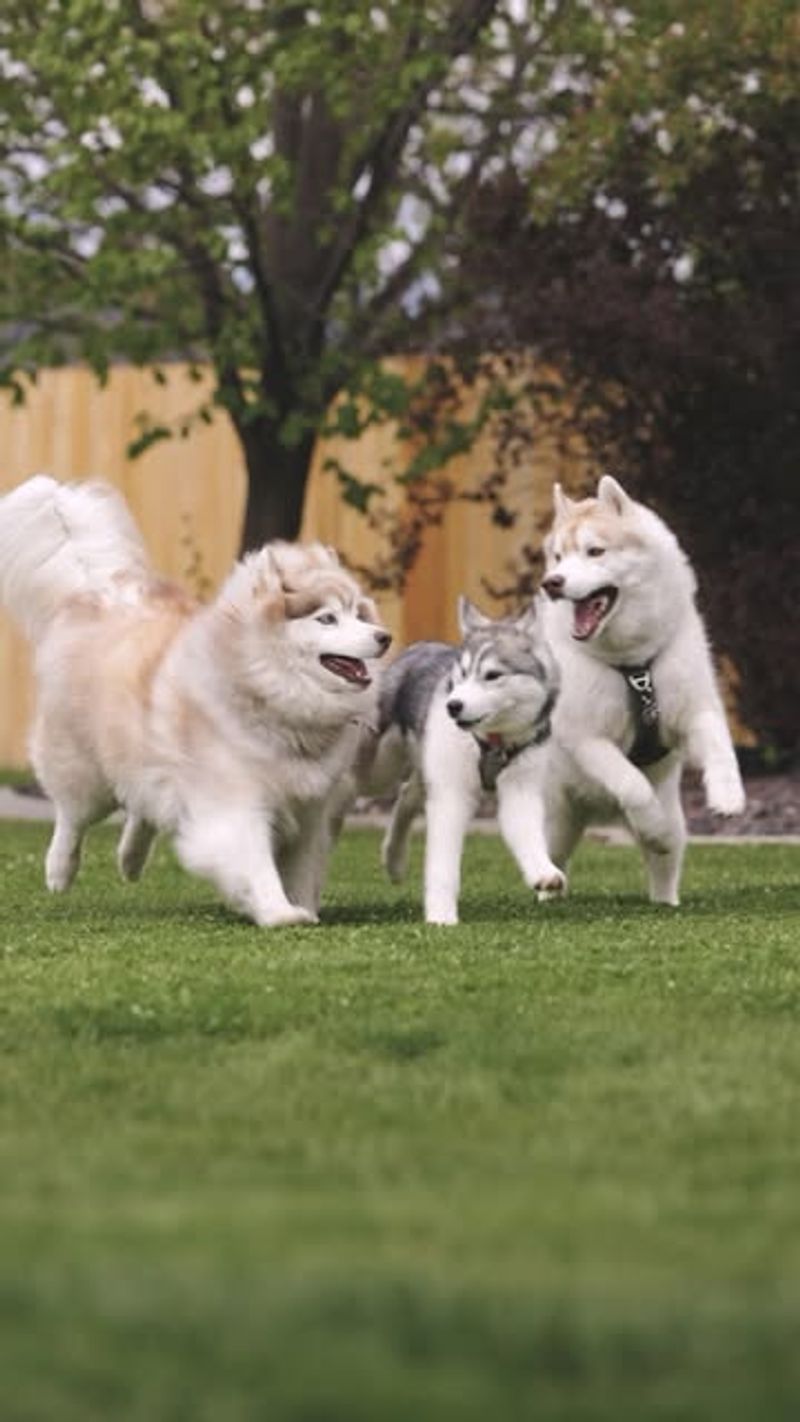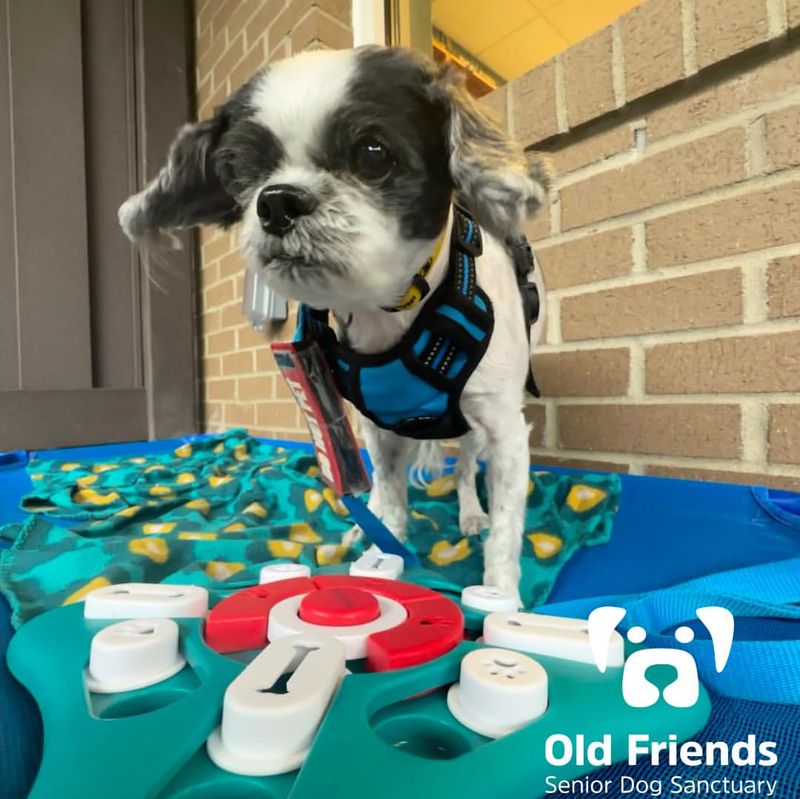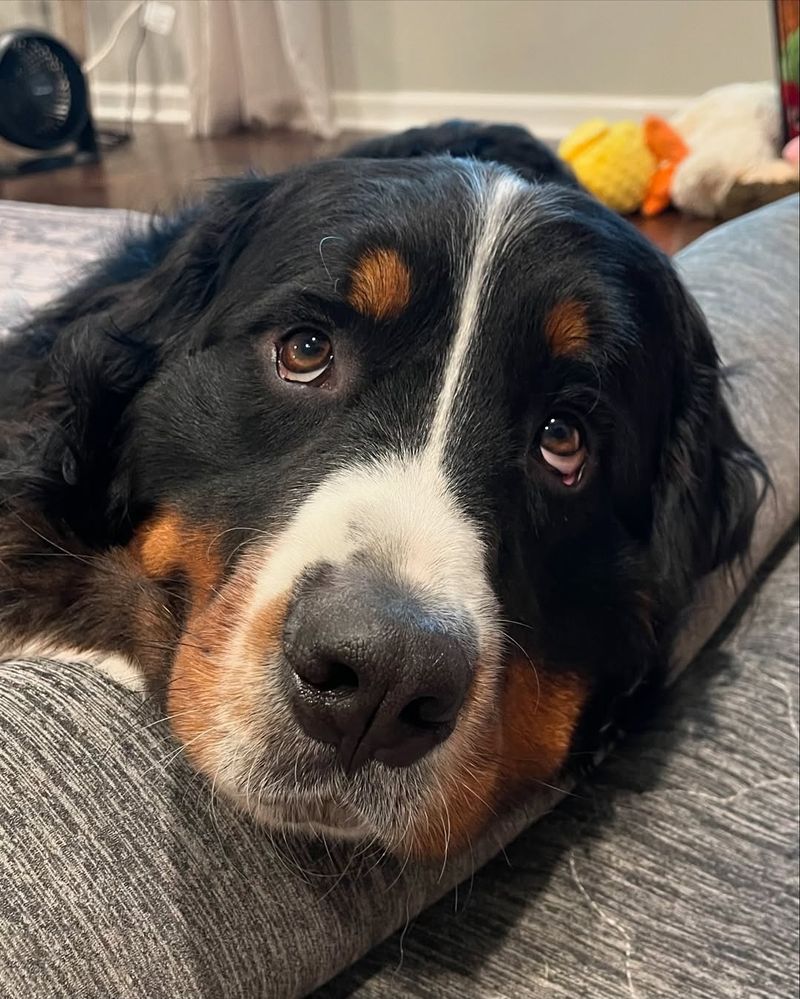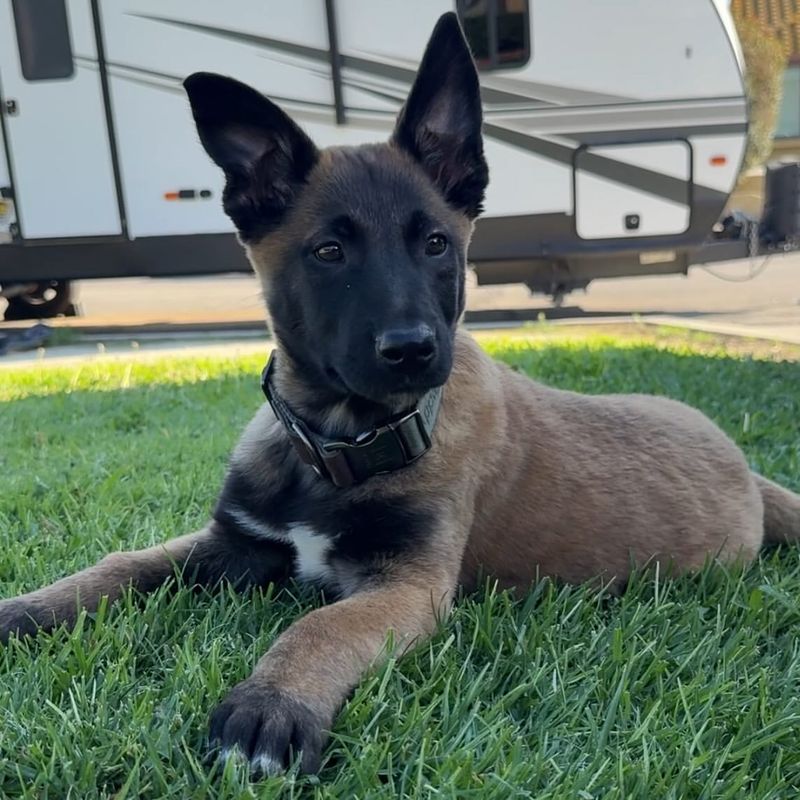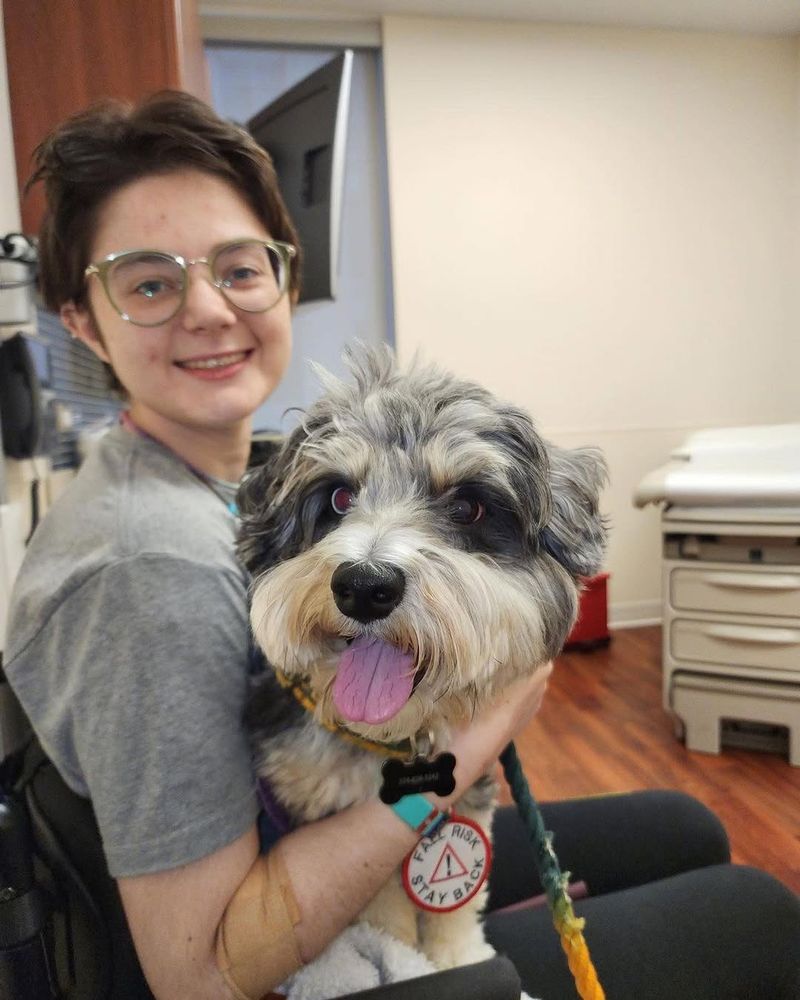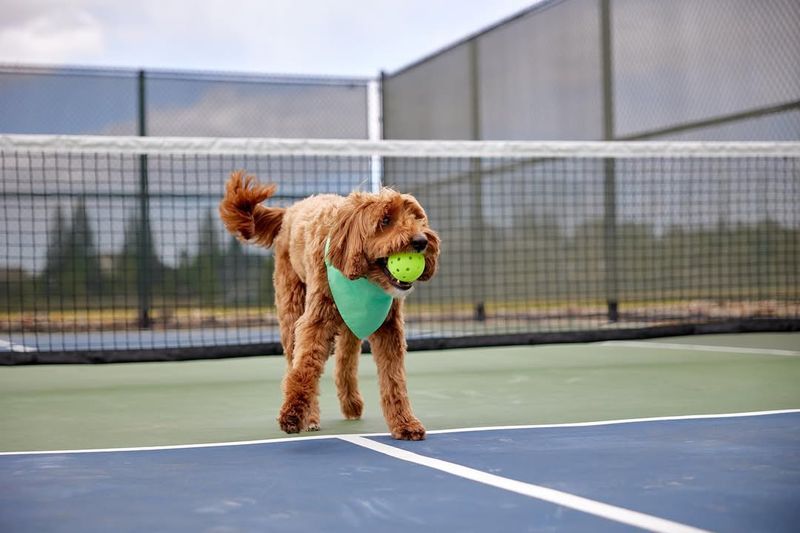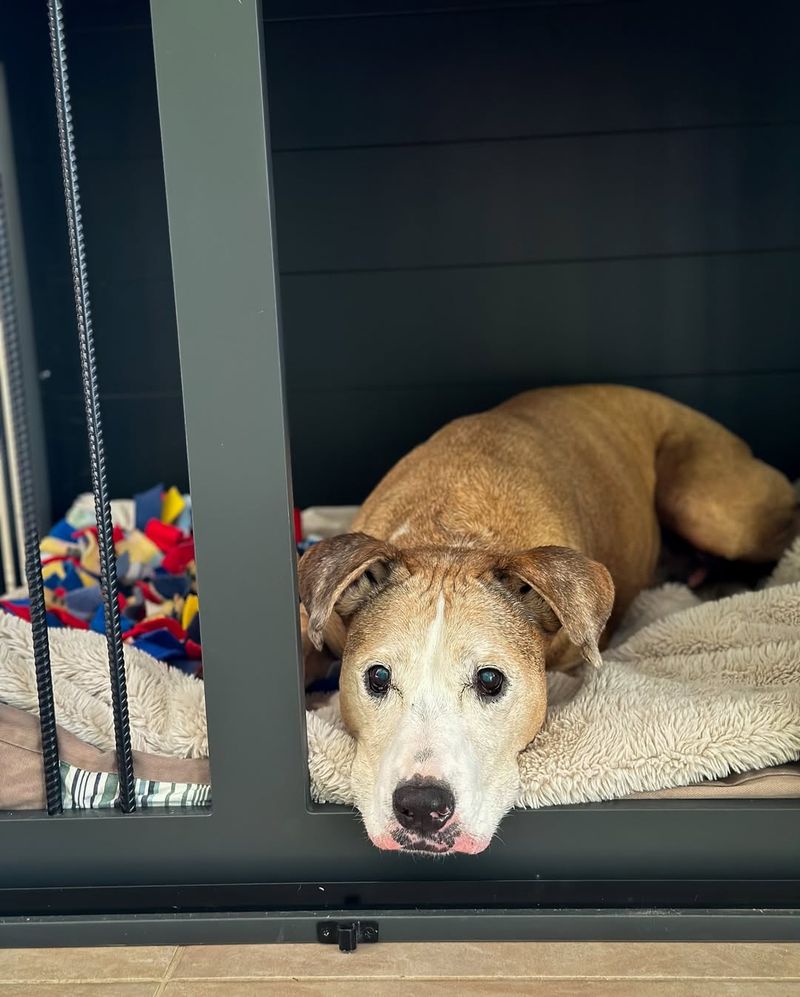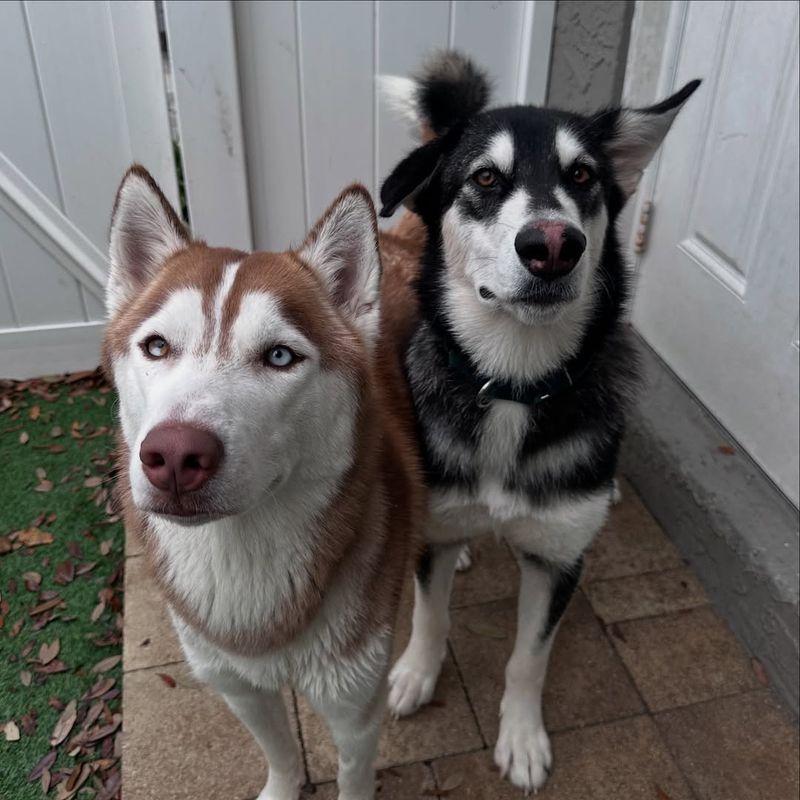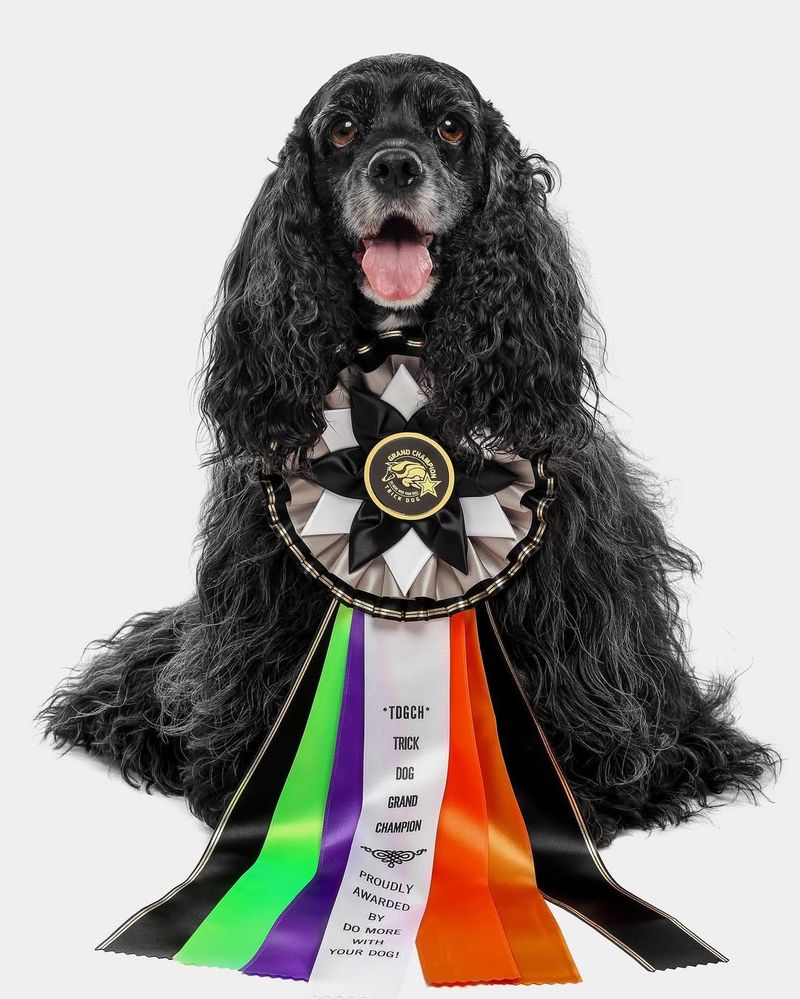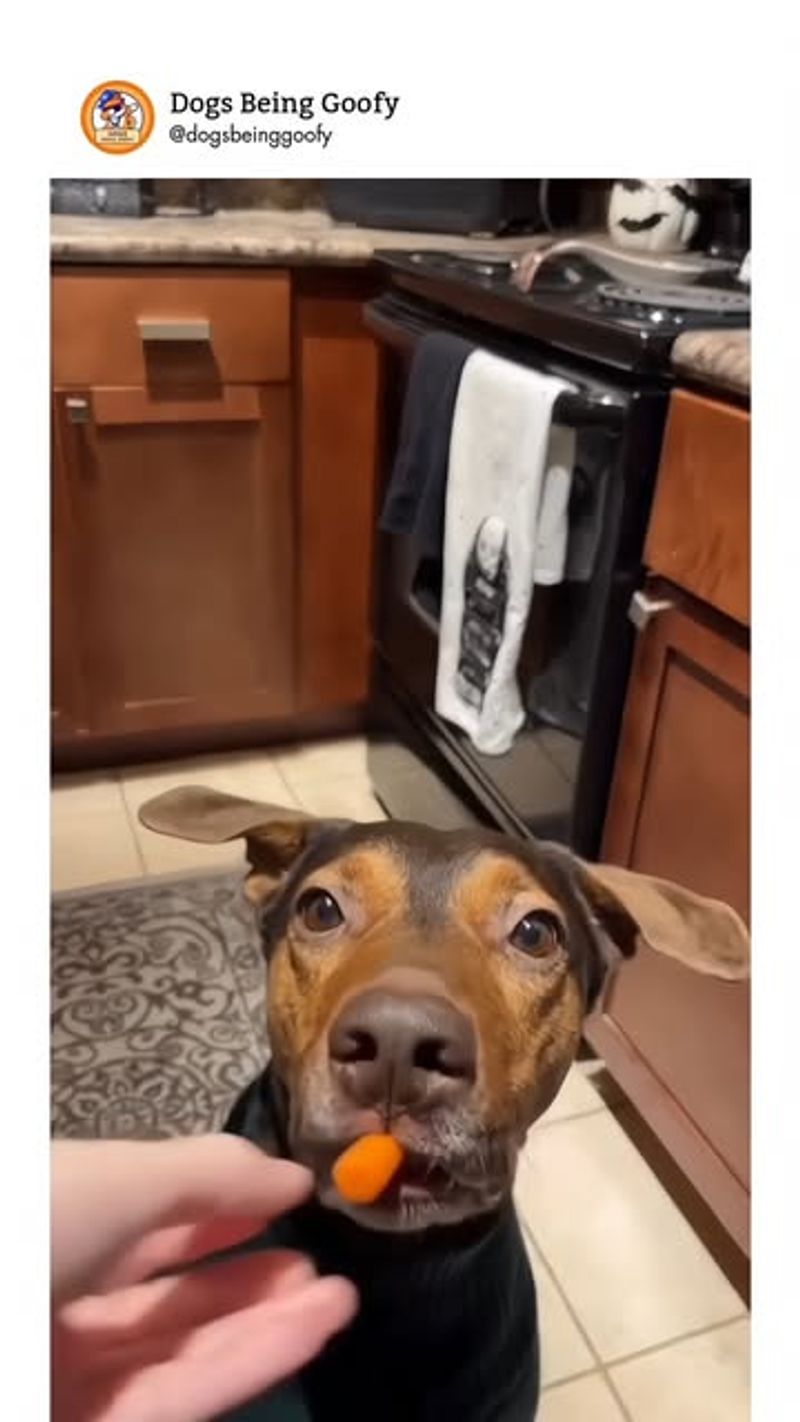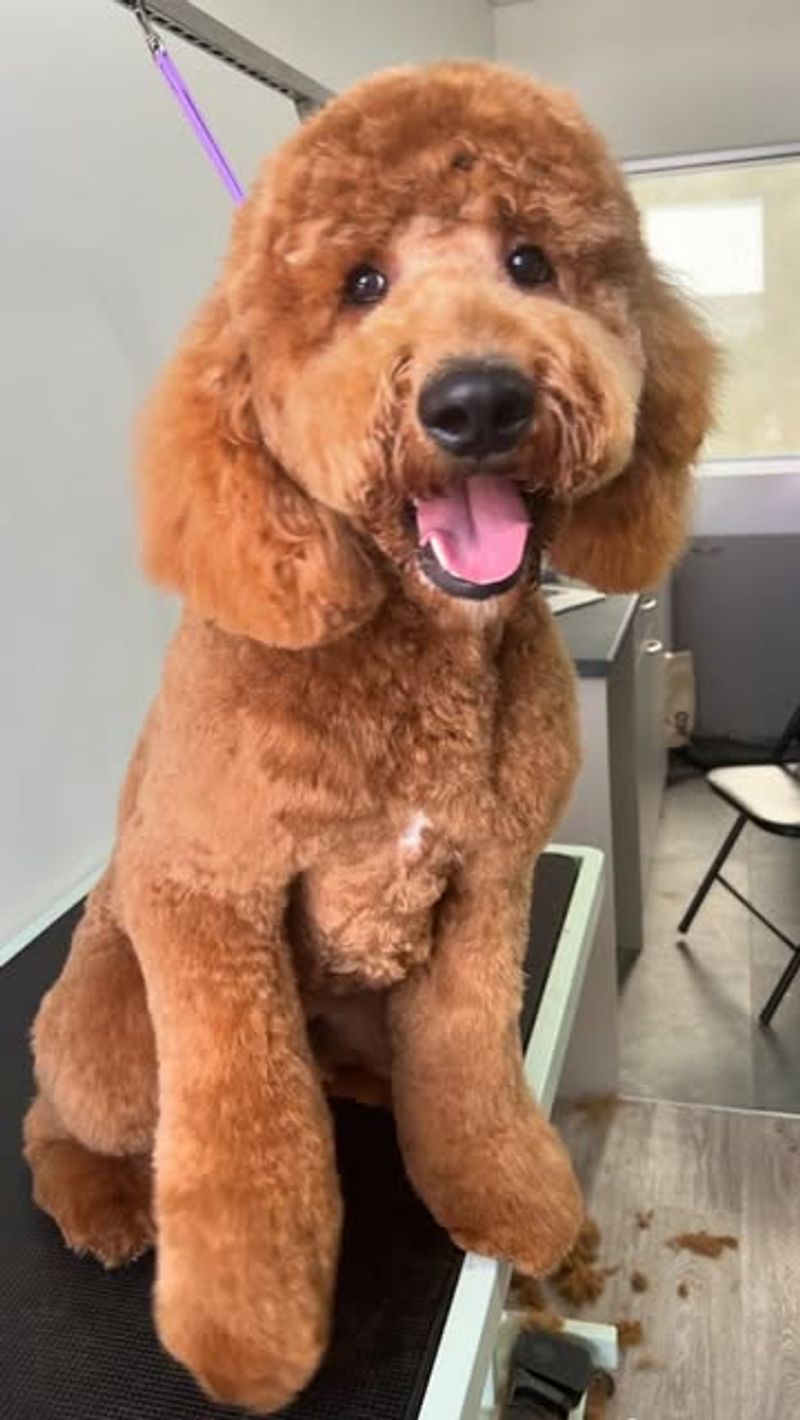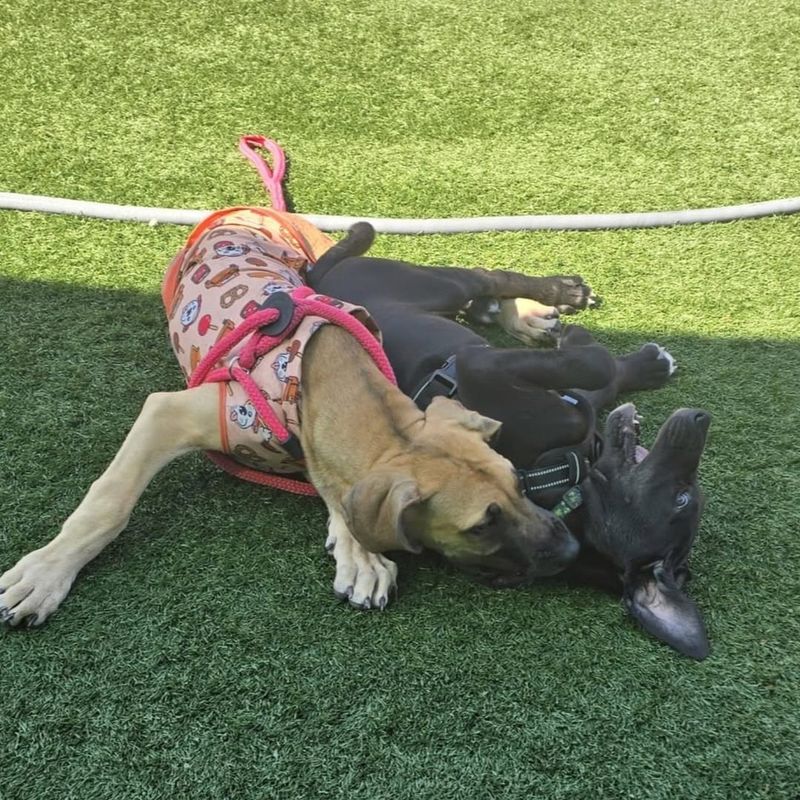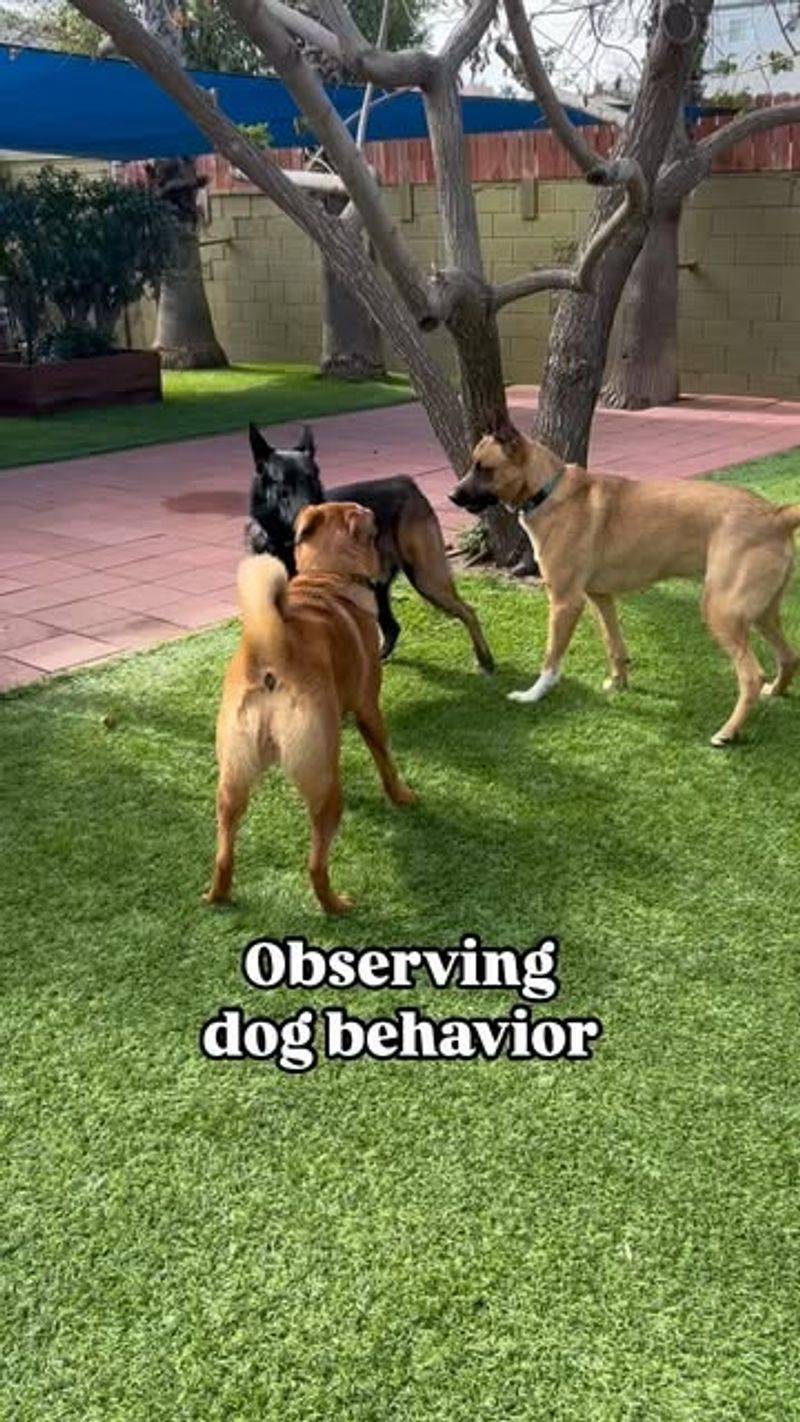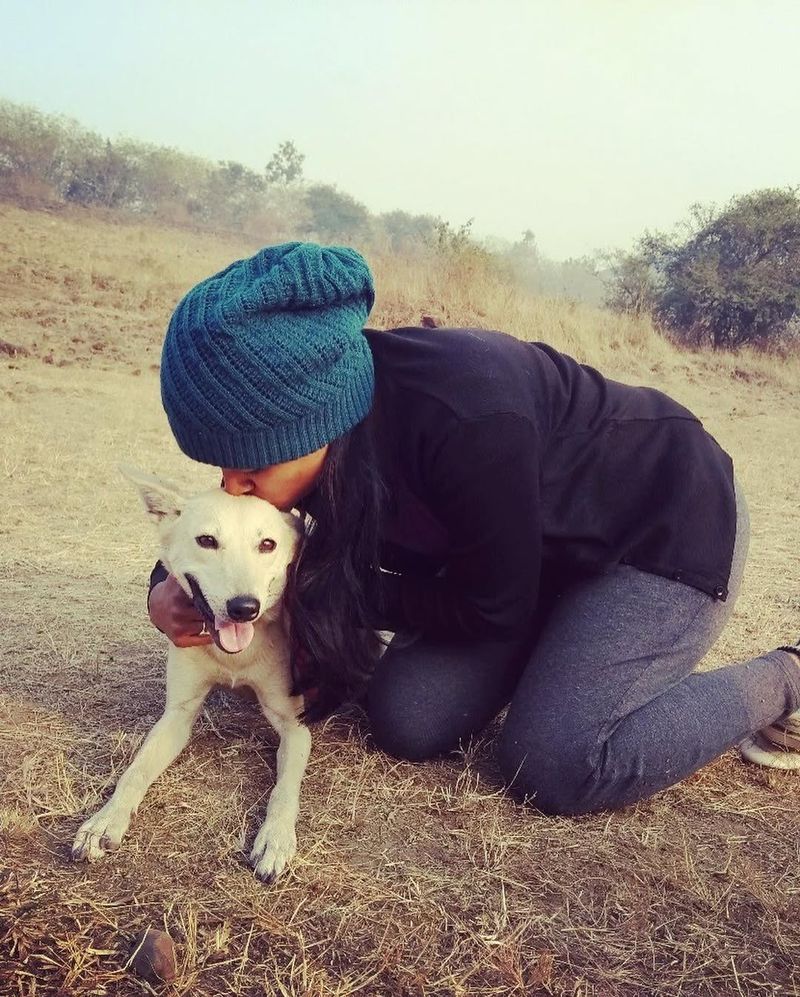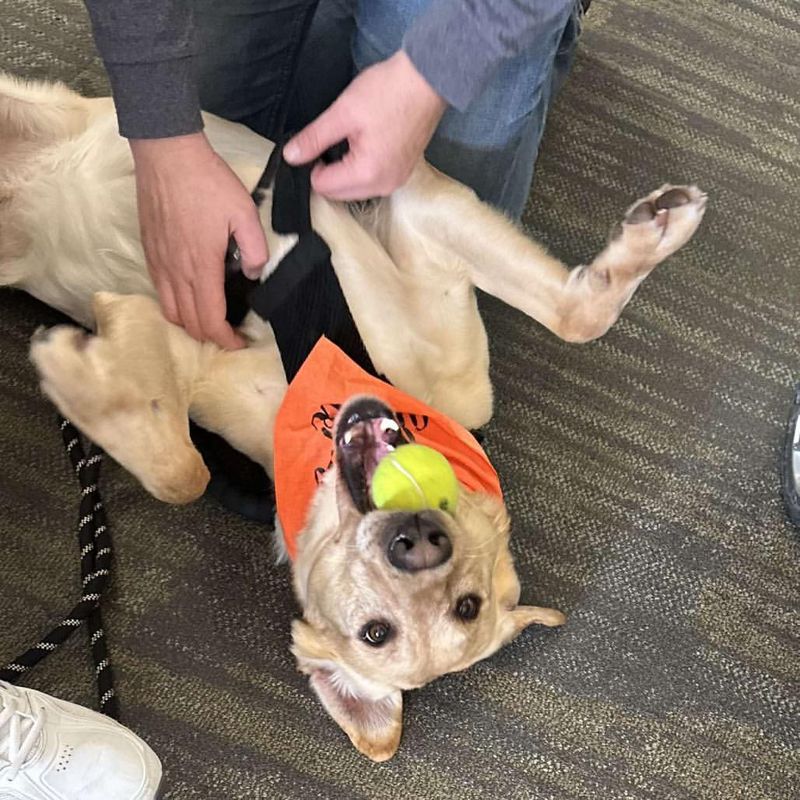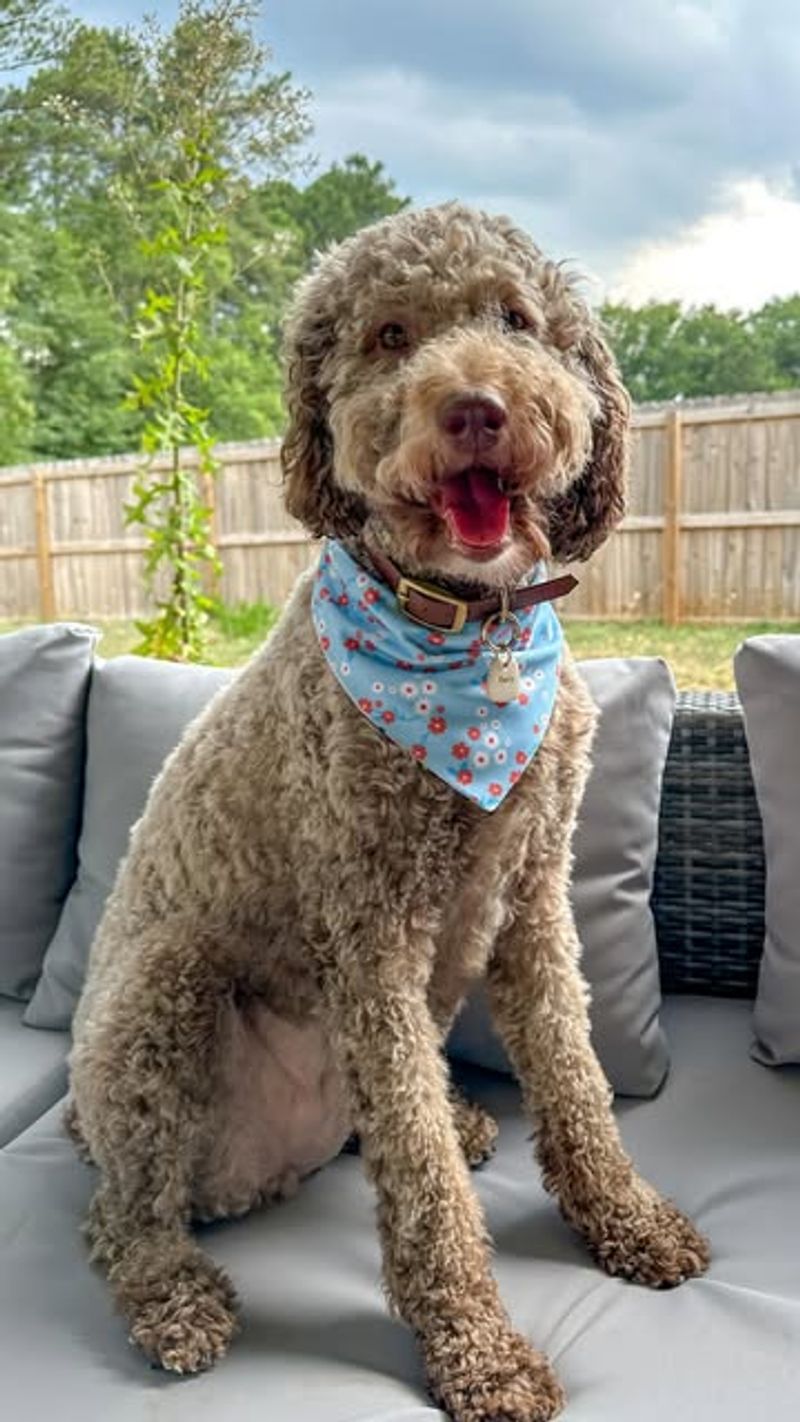Building a strong bond with your dog is a rewarding but sometimes challenging journey. By understanding the essential do’s and don’ts, you can create a trusting and loving relationship with your furry friend. Whether you’re a seasoned pet owner or new to the canine world, these 24 tips will guide you in fostering a connection that lasts a lifetime. From training techniques to socialization, these insights cover a range of aspects to enhance your bond. Enjoy the journey of discovering the nuances of communicating and bonding with your canine companion.
Do: Spend Quality Time
Spending quality time with your dog is vital for nurturing a strong bond. Engage in activities like playing fetch or simply walking together in the park. These moments foster trust and understanding between you and your pet. Incorporate regular play sessions into your routine to keep your dog active and happy. It’s not just about physical exercise; it’s also a mental workout for your dog. Make sure to be present and attentive during these interactions, as this will strengthen your connection and help your dog feel valued and loved.
Don’t: Ignore Training
Training is crucial in developing a well-behaved dog that respects boundaries. Ignoring training can lead to behavioral issues, causing stress for both you and your dog. Start with basic commands like sit, stay, and come. Consistency is key – practice these commands daily to reinforce learning. Seek professional help if needed, as a trainer can offer personalized guidance. Remember, training should be a positive experience, filled with rewards and praise. This approach not only teaches your dog but also strengthens your bond through mutual respect and understanding.
Do: Provide Consistent Routines
Dogs thrive on routines and predictability, which help them feel secure. Establishing consistent routines for feeding, walking, and bedtime can greatly enhance your relationship with your dog. Routine provides a sense of stability, reducing anxiety and promoting good behavior. Make sure to stick to set times for meals and walks, as this consistency builds trust. Your dog will appreciate knowing what to expect each day, which in turn strengthens your bond. As you establish these routines, your dog will look to you as a dependable and caring leader.
Don’t: Overlook Health Care
Regular health check-ups are essential to ensure your dog’s wellbeing. Overlooking health care can lead to unnoticed illnesses, impacting your dog’s happiness and your bond. Schedule regular visits to the vet to keep your dog’s vaccinations up to date and to monitor their overall health. Be vigilant for any changes in behavior that might indicate health issues. By prioritizing your dog’s health, you demonstrate care and responsibility, reinforcing your role as a loving pet owner. A healthy dog is a happy dog, and maintaining their health is crucial to a strong bond.
Do: Positive Reinforcement
Using positive reinforcement is a powerful tool in building a strong relationship with your dog. Reward good behavior with treats, praise, or playtime. When your dog associates good behavior with positive outcomes, they are more likely to repeat those actions. This method encourages learning and cooperation. Avoid punishing mistakes, as it can lead to fear and anxiety. Instead, focus on rewarding the desired behavior. Positive reinforcement not only helps in training but also establishes a trusting and affectionate bond between you and your dog.
Don’t: Use Harsh Discipline
Harsh discipline can harm your relationship with your dog by instilling fear rather than respect. Yelling or physical punishment damages trust and can cause anxiety. Instead, use calm but firm guidance to correct behavior. Focus on redirecting unwanted actions rather than punishing them. Building a relationship based on mutual respect rather than fear fosters trust and understanding. Your dog should feel safe and secure in your presence, knowing that you are a reliable source of comfort and guidance. This approach ensures a healthy and loving bond.
Do: Socialize Your Dog
Socialization is vital for your dog’s development and happiness. Introducing your dog to new environments, people, and other dogs helps them become well-adjusted and confident. Start socializing at an early age, but it’s never too late to begin. Take your dog to parks, walks in busy areas, or enroll in doggy daycare. Encourage positive interactions and supervise playtime to ensure safety. Socialization not only benefits your dog but also enhances your relationship as you experience new situations together, fostering trust and understanding.
Don’t: Neglect Mental Stimulation
Mental stimulation is as important as physical exercise for your dog’s wellbeing. Neglecting it can lead to boredom and behavioral issues. Incorporate puzzle toys, training sessions, and new tricks into your routine to keep your dog’s mind sharp. Regular mental challenges prevent boredom and improve your dog’s problem-solving skills. Engaging your dog mentally strengthens your bond, as you’re actively participating in their cognitive growth. It also provides an opportunity for you to understand your dog’s capabilities and preferences, fostering a deeper connection.
Do: Understand Your Dog’s Body Language
Understanding your dog’s body language is key to responding to their needs and emotions. Learn to recognize cues, such as wagging tails, bark variations, and ear positions. By interpreting these signals, you can better address your dog’s feelings and comfort them when needed. This awareness fosters a responsive and caring relationship. Engage in this learning together by observing your dog’s reactions in different situations. Understanding their non-verbal communication strengthens your bond and ensures that you are in tune with each other’s emotions and needs.
Don’t: Force Affection
Forcing affection can make your dog feel uncomfortable and stressed. Not all dogs enjoy constant cuddling or being held, and it’s essential to respect their personal space. Let your dog initiate affection. When they want to be petted or cuddled, they’ll come to you. This respect for their boundaries builds trust and comfort. Recognize when your dog needs space, and provide it willingly. A relationship grounded in mutual respect and understanding strengthens your connection and ensures your dog feels safe and loved in your care.
Do: Be Patient
Patience is a virtue when it comes to building a relationship with your dog. Understanding that learning and adapting take time is crucial. Your dog might not grasp commands immediately, and that’s okay. Give them the time they need, and celebrate small victories along the way. Patience shows your dog that you are a supportive partner in their learning journey. Approach each situation with calmness and understanding, reinforcing your role as a reliable guide. This patience creates an environment of trust, where your dog feels secure to learn and grow.
Don’t: Forget to Play
Playtime is essential for maintaining a joyous and healthy bond with your dog. Forgetting to include play in your routine can lead to a bored and restless pet. Engage in activities like tug-of-war, fetch, or hide and seek to keep your dog entertained and happy. These moments not only provide physical exercise but also strengthen your emotional connection. Playing together regularly reminds your dog that you are their companion and partner. It helps to build a relationship filled with joy and companionship, essential for a strong bond.
Do: Provide a Safe Space
Creating a safe space for your dog is essential for their sense of security and comfort. Designate an area where your dog can retreat when they need rest or time alone. This space should be free from stressors and provide comfort with soft bedding and favorite toys. Knowing they have a safe haven builds trust and assures your dog that they are cared for. Respect your dog’s space and allow them to retreat when they need a break. This understanding strengthens your bond, creating a supportive and nurturing environment for your dog.
Don’t: Overwhelm with Commands
Overloading your dog with too many commands at once can lead to confusion and frustration. Focus on one command at a time, ensuring your dog fully understands before introducing new ones. Simplify your training sessions and maintain focus. This approach allows your dog to learn effectively and feel accomplished. Being clear and patient with commands builds your dog’s confidence and reinforces a positive learning environment. By avoiding overwhelming them, you nurture a trusting and supportive relationship, where your dog feels secure in their ability to learn and grow.
Do: Celebrate Achievements
Celebrate your dog’s achievements to encourage progress and motivate learning. Whether it’s mastering a new trick or behaving well in a social setting, recognition matters. Offer praise, treats, or playtime as rewards for your dog’s accomplishments. Celebrating achievements reinforces positive behavior and encourages your dog to continue learning. This practice also strengthens your bond, showing your dog that you are proud and supportive of their efforts. By acknowledging achievements, you build a relationship based on encouragement and positivity, essential for a strong and loving connection.
Don’t: Be Inconsistent
Inconsistency in training and behavior expectations can confuse your dog, hindering their learning. Be clear and consistent with commands, rules, and routines. Consistency helps your dog understand what is expected, creating a stable environment for learning and growth. Avoid changing rules or commands frequently, as this can lead to frustration. By being consistent, you build trust and reliability in your relationship. Your dog learns to depend on your guidance, knowing that you are a steady and predictable presence in their life, essential for a strong and trusting bond.
Do: Groom Regularly
Grooming is more than just keeping your dog clean; it’s an opportunity to bond and show care. Regular brushing, bathing, and nail trimming promote your dog’s health and appearance. Grooming sessions are ideal for checking your dog’s skin and coat for any issues. Approach grooming with patience and gentleness, turning it into a positive experience. These moments of care and attention strengthen your bond, as your dog feels pampered and loved. Regular grooming ensures your dog looks and feels their best, reinforcing your role as a caring and attentive owner.
Don’t: Avoid Socialization
Avoiding socialization deprives your dog of essential experiences that contribute to their happiness and confidence. A lack of socialization can lead to anxiety and fear of new situations. Expose your dog to different environments, people, and other animals gradually and positively. Attend socialization classes or organize playdates to encourage interaction. Fostering positive experiences in diverse settings enriches your dog’s life and reinforces your bond. As your dog learns to navigate new situations confidently, your relationship benefits from shared experiences and mutual trust.
Do: Use Clear Communication
Clear communication is essential for understanding and cooperation between you and your dog. Use simple, consistent commands and hand signals to convey your expectations. Consistency in communication prevents confusion and encourages your dog to respond appropriately. Reinforce verbal commands with visual cues for more effective training. Through clear communication, you build a relationship founded on understanding and respect. Your dog learns to rely on your guidance, strengthening your connection and enhancing your ability to work together.
Don’t: Rush Training Sessions
Rushing training sessions can overwhelm your dog, leading to stress and lack of progress. Take the time to ensure your dog fully understands each command before moving on. Short, focused sessions are more effective than long, intense ones. Allow your dog to learn at their own pace, ensuring they feel successful and motivated. Patience in training fosters a positive learning environment, where your dog feels encouraged to try. By avoiding rushed sessions, you nurture a trusting relationship built on support and shared achievements.
Do: Be Affectionate
Being affectionate with your dog fosters a loving and supportive relationship. Regularly show affection through petting, cuddling, or simply spending time together. Physical touch reinforces your bond, showing your dog they are loved and valued. Tailor your affection to your dog’s preferences, ensuring they are comfortable. Affectionate interactions strengthen your connection, providing emotional support and joy for both you and your dog. This closeness is a cornerstone of a strong bond, built on trust and mutual affection.
Don’t: Punish Mistakes
Punishing mistakes can create fear and anxiety, damaging your relationship with your dog. Focus on correcting behavior through positive reinforcement instead. Use mistakes as opportunities for learning, guiding your dog toward desired actions with patience and encouragement. Avoid harsh discipline, which can lead to mistrust and reluctance to engage. By fostering a positive learning environment, you support your dog’s growth and reinforce your bond. Mistakes become stepping stones in your shared journey, promoting a strong, trusting relationship.
Do: Engage in Interactive Play
Interactive play is crucial for a vibrant relationship with your dog. Engage in activities like playing frisbee, agility courses, or hide and seek. These activities provide mental and physical stimulation, keeping your dog healthy and happy. Interactive play also strengthens your relationship by building teamwork and understanding. Through these shared experiences, you reinforce your role as a fun and engaging companion. Interactive play nurtures a joyful connection filled with laughter and trust, essential for a strong and enduring bond.
Don’t: Be Overprotective
Being overprotective can limit your dog’s experiences, preventing them from learning and growing. Allow your dog to explore and face challenges under safe conditions. Provide guidance and support, but resist the urge to shield them from every possible discomfort. This balance helps your dog develop confidence and resilience. A supportive approach fosters a trusting relationship, where your dog feels secure to explore the world. By encouraging independence while being a reliable guide, you build a bond rooted in trust and mutual respect.
